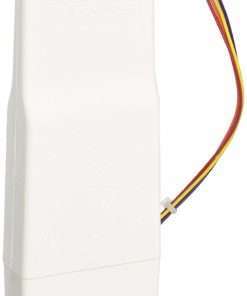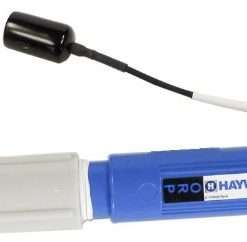What happens if salt level is too low in pool?
If the salt level in your pool is too low, it can cause major problems. The water can become cloudy and murky, and it may not be able to hold enough water to support life. Additionally, the chlorine levels may be too low to kill bacteria. This can lead to health risks for both you and your family members. If you notice that the salt level in your pool is dropping below 1/3 of its original amount, contact a professional to check the levels and make any necessary repairs.
Does pool salt raise or lower pH?
Pool salt is a common ingredient in swimming pools and other water bodies. Swimmers and pool operators often ask if pool salt has any effect on pH levels. While there is no definitive answer, most experts agree that pool salts do not significantly change the pH level of water. In fact, some studies suggest that adding salt to acidic waters can actually lower the pH level.
The reason why this might happen is because salt dissolves minerals and makes them more available to dissolve other elements. When the pH levels drop, more acids can form from these dissolved minerals. This can cause a decrease in the overall alkalinity of the water, which could in turn lead to increased acidity.
How much salt do I need for a 20000 Litre pool?
Pool owners are always looking for ways to cut costs, and one way to do that is by reducing the amount of salt used. Salting a pool can be expensive, so it’s important to know how much salt is needed to keep it clean and healthy.
The recommended dosage of salt for a 20000 Litre pool is 1/2 cup per 500 gallons of water. So, if your pool is 2000 litres in size, you would need 500 grams of salt. This means that a pool with 3000 litres of water would require 1000 grams of salt, and a pool with 4000 litres of water would require 2000 grams of salt.
Always check the manufacturer’s instructions before using too much or too little salt; overuse can damage the pool liner and over-salting can make it difficult for the chlorine to work effectively.
How do I know if my pool is low on salt?
If you notice your pool is not performing as it should and the salt levels are low, it is important to take action. Checking the salt levels on a regular basis can help you determine when it is necessary to add more salt.
To check your pool’s salt level, first fill a bucket with water and add enough salt to cover the bottom. Then slowly pour the water out of the bucket until only the salt remains. Record how many grams of salt are in 1 liters of water (1000 milliliters).
Next, check your pool’s chlorine levels. A low chlorine level may be indication that there is too much salts in the system. Add more chlorine until the reading returns to normal.
If you notice that your pool’s salt levels have dropped below normal, adding more will not correct the issue and you will need to replace or repair some part of your pool system to restore proper swimming conditions.

















